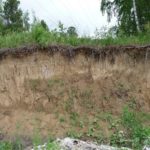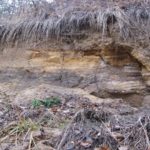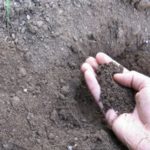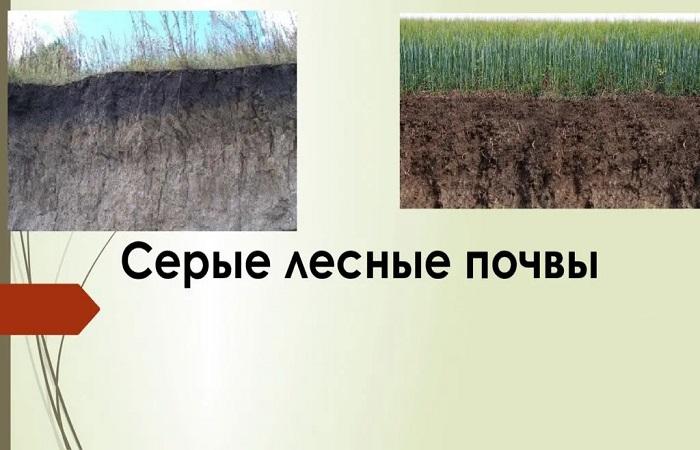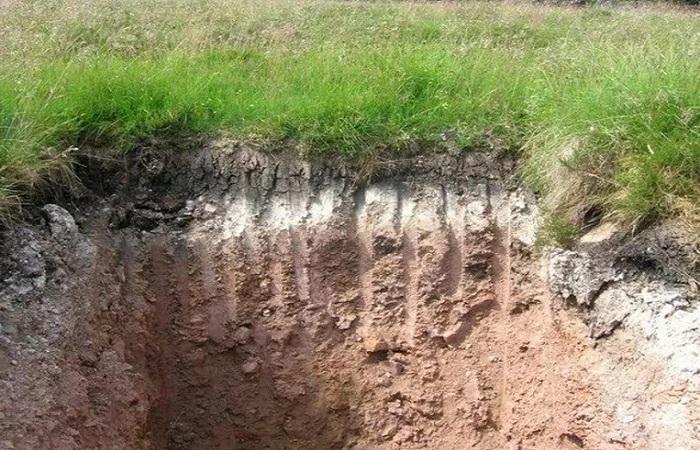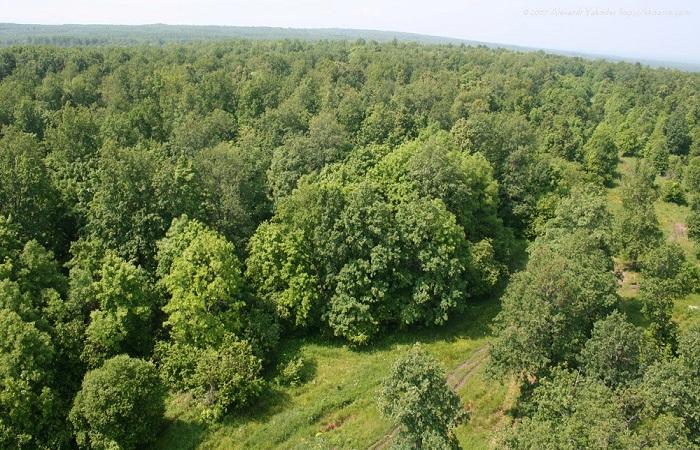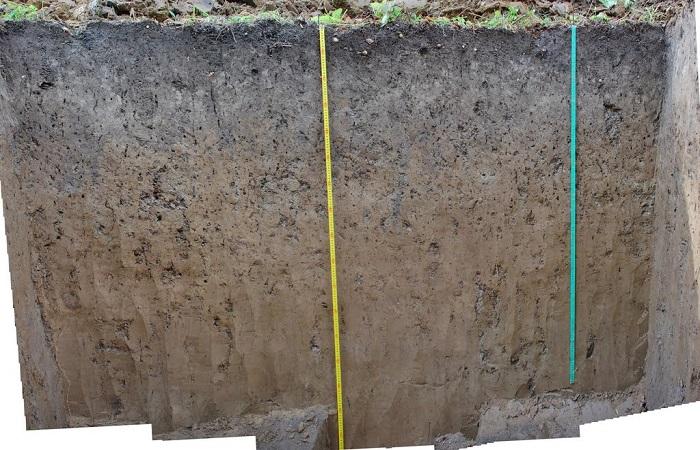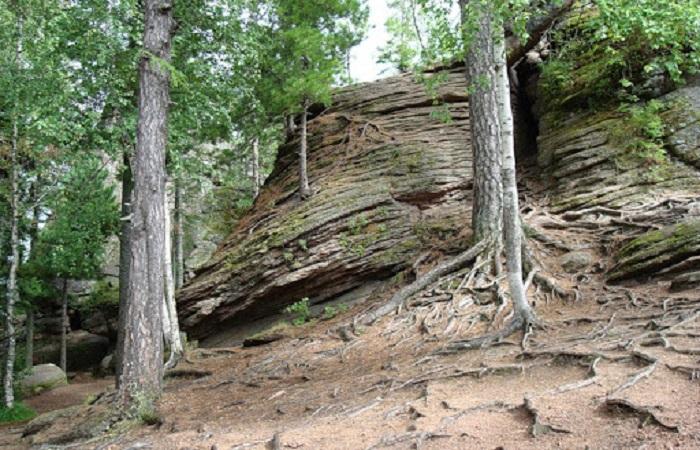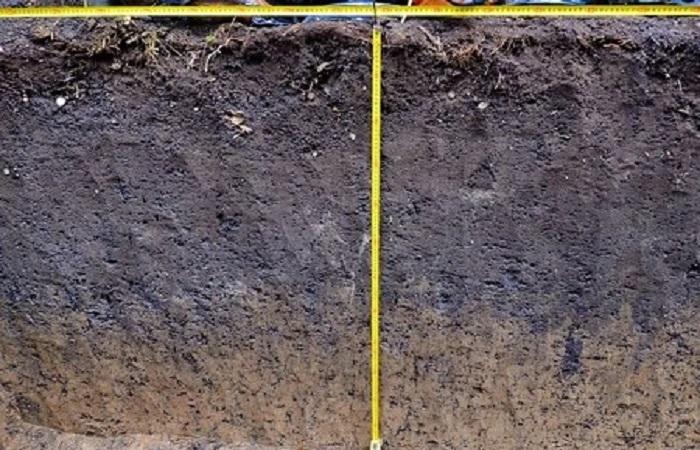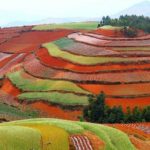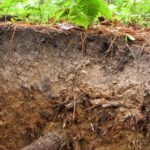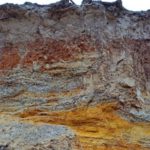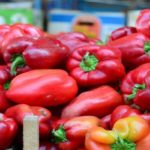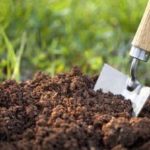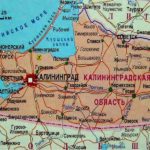Gray forest soils are soils that form in the south of the forest zone and in the forest-steppe. In the European part of Russia, their formation occurs under broad-leaved forests, and in Siberia - under small-leaved forests. These types of soils are formed on clay and loamy sediments of various origins - mainly loess-like. Also, these lands are localized in the southern mountain systems.
Features and location
Gray forest soils are located in the forest-steppe under conditions of periodically leaching water regime, under broad-leaved mixed or small-leaved forests with abundant herbaceous vegetation.
Such soils are common in the temperate zone. The source rocks in Russia are presented in the form of loess. Loess-like and cover loamy soils are also found. Moraine deposits are sometimes observed in this natural area.
The relief is wavy. In the European part it is strongly dissected by water erosion, in Western Siberia it is flat, and in Eastern Siberia it is gently ridged or hilly.
The geographical location determines the properties of such lands. Most of this type of soil is found in the northern hemisphere. They are located in areas with a temperate climate. Gray forest soils have become widespread in Canada, the USA, Russia and other countries.
Characteristic
Gray forest soils are characterized by special properties. They differ in profile structure and soil formation conditions.
Profile structure
Gray soils have a rather complex morphological structure and high fertility rates. Level A0 represents the forest floor. Its formation is associated with the presence of woody deciduous matter and the mass that remains from herbaceous plants. The thickness of this layer does not exceed 20-40 millimeters.
After it there is a humus-accumulative horizon. It is distinguished by its gray color. In this case, the saturation of the layer may differ. It is characterized by a lumpy-nutty structure. Power parameters reach 150-200 millimeters.
In the deeper layers there is a humus-eluvial layer, which is also called podzolized. It has a white color, which is caused by silica powder. Such a horizon occupies 100-150 millimeters.
The next level, A2B, is characterized by a dark color and an acute-angled, finely nutty structure. Sometimes this layer is missing. The boundaries of the structural layers are dark gray or black and white.
Then the following layers are observed:
- Illuvial level B – has a brown-brown color and includes streaks of humus components. It is characterized by a nutty-prismatic structure.
- Transition layer.
- The parent rock is yellowish in color and includes carbonates.
Soil formation conditions
Such soils are located in the south of the forest zone and in the forest-steppe. The main condition for their appearance is considered to be the powerful development of herbaceous vegetation. It is predominantly localized in deciduous forests.
Climate and vegetation
Gray forest soils are formed in a temperate continental climate. It is characterized by the absence of heavy precipitation. An increase in the number of sunny days and open forests provoke a decrease in the process of soil podzolization, and also accelerate and stimulate the process of turf formation.
The basis of broad-leaved forests are linden, oak, maple, and other types of trees. They consume a lot of magnesium, calcium and silica.
Types of gray forest soils
Such soils are considered one of the most fertile. Moreover, they have several varieties.
Light forest gray
This group of soils is characterized by low podzolization and limited thickness of the humus layer. This subtype is distinguished by the presence of the A2 horizon. The surface litter mainly consists of brown leaves, which rot little. The structure also includes branches and other fragments of plant litter. Below there is a mass resembling felt. In it, vegetation, which has partially rotted, is mixed with the earth.
Next are the following horizons:
- humus-accumulative - 150-250 millimeters, less often it reaches 350;
- intermediate - its size is 120-200 millimeters;
- illuvial.
The intermediate horizon is podzolized. It can also be humus-podzolized. This layer is lighter in color compared to the surface soil. This layer is characterized by a large amount of silica powder. The transitions between the illuvial and intermediate horizons cannot be called clear. Carbonates are present at a depth of about 2 meters.
Gray forest
These types of soil are characterized by weaker podzolic processes compared to light-colored soils. The content of the silt fraction at different vertical levels differs by at least 20%. The depth of carbonate deposits is 1200-1400 millimeters.
Other indicators include the following:
- different mechanical conditions - the range is from sandy loam to loam;
- fulvic acid variety of humus;
- bulk density in the arable structure is 1.32-1.4 grams per 1 cubic centimeter.
Dark gray forest
This type of soil is characterized by an uneven distribution in the forest-steppe. It is predominantly concentrated in the low slopes of river floodplains. Colloids hardly move along the soil profile. The soil is characterized by a clearly defined structure. But it is easily washed away under the influence of water. Dark gray soil contains many mobile nutrients.
Other characteristics include the following:
- mass of arable structure – 1.2-1.42 grams per 1 cubic centimeter;
- the part of humus in plowed places is 4.9%, in virgin lands it can reach 10%;
- presence of grounds – 80-95%.
Economic use
Such soils are actively used in agriculture. They are suitable for growing cereals, corn, potatoes, beets and other crops. Dark gray soils are considered the most fertile. In gray and light gray types of soil, it is necessary to add organic matter and mineral fertilizers, deepen the topsoil, and perform liming.
Gray forest soils are considered very fertile. They contain quite a lot of humus and are actively used in agriculture. At the same time, it is sometimes necessary to use additional nutrients to increase yield.

